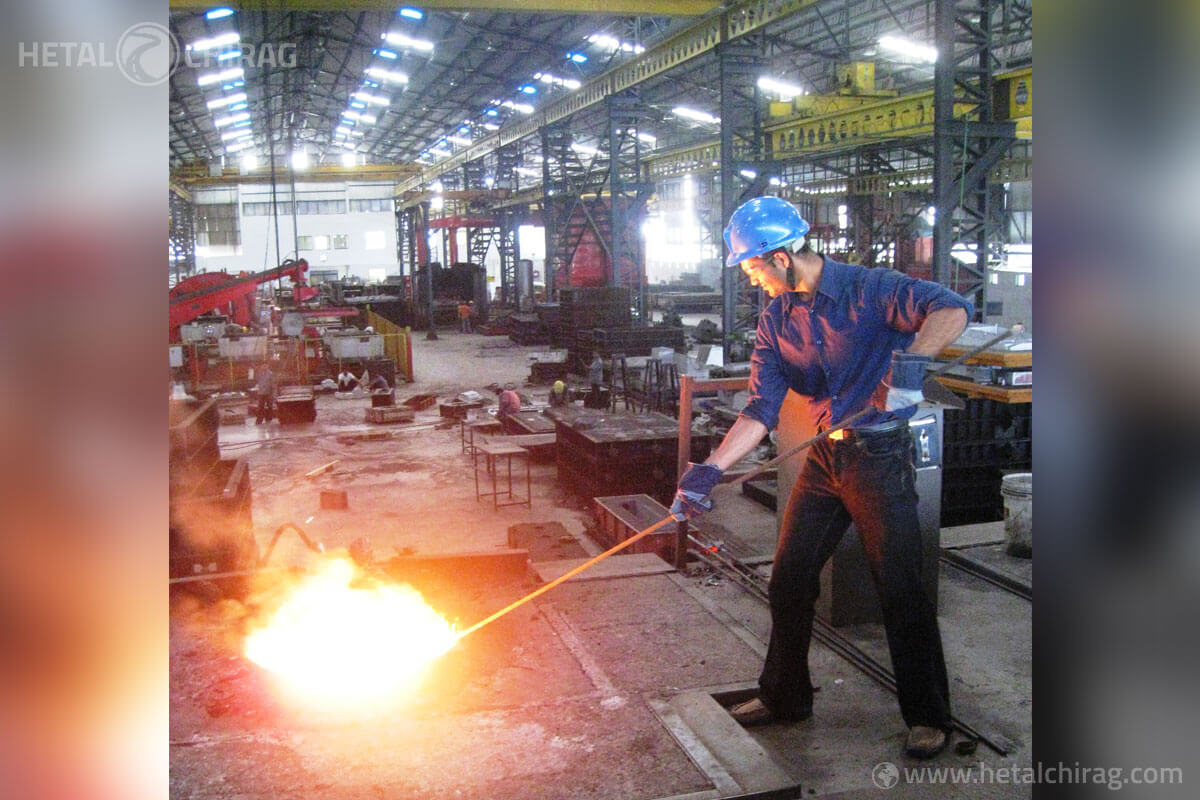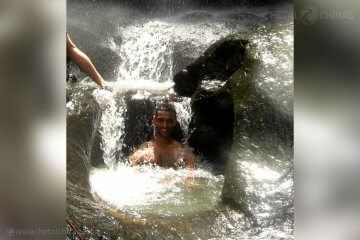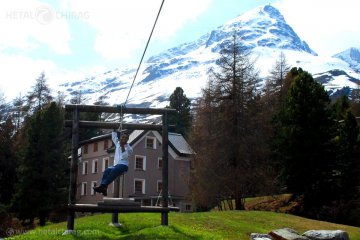I still remember standing just few feet away from red hot molten cast iron and gazing into the 1200 °C glowing metal for the very first time. As an engineer, it felt like all the Material Science and Manufacturing courses I had taken during my undergrad were preparing me to get ready for that very moment. The distinct smell of molten cast iron when you pour in to a sand mold combined with heat and intensity is a thrilling experience you can have only if you have ever worked at a metal casting foundry.
For those who haven’t been inside a foundry let me share some of my experiences. In case you don’t know what a foundry is, it’s a facility that produces casting from molten metal before the finished part moves on to the final assembly process. Even if you haven’t been inside a foundry, the chances are you are currently using multiple products that have been through some sort of casting process. In fact, over 90% of all manufactured goods go through some form of metal casting process.
At a foundry, the typical casting process includes the following steps. First of all, a wooden pattern is made from an engineering drawing of a specific part. Once the pattern is made, a reverse silica sand mold is prepared with appropriate cavities where the molten metal will be poured into. Once the hot metal solidifies inside the mold, the sand mold is broken and the finished part is thoroughly inspected before going for final machining processes.
In the entire process, there are a number of areas that require careful attention. If there are any errors in making the pattern or the sand mold, the final casting will be flowed as well. Furthermore, while pouring the molten metal into the mold, we have to make sure that the metal has reached its required pouring temperature and there are no other impurities floating on top of the metal surface.
From the very first casting produced probably sometimes during the Bronze Age to today’s modern foundries that produce car engines and space craft parts, we have come a long way.




